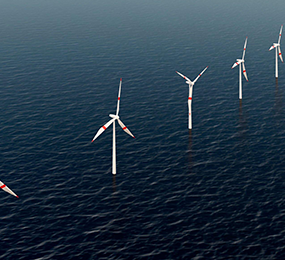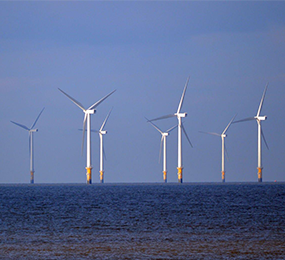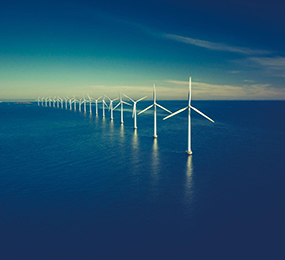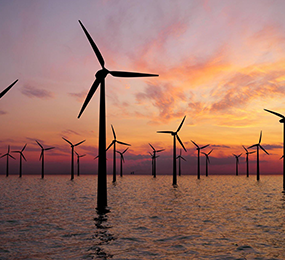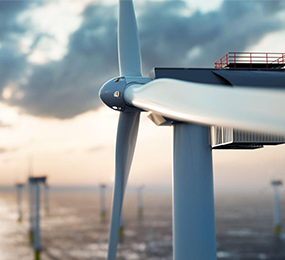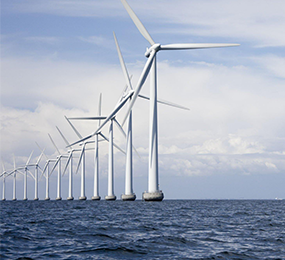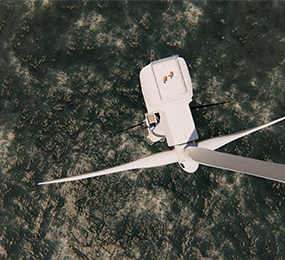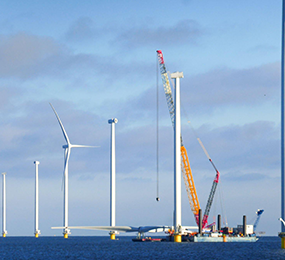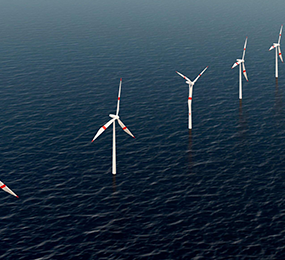Floating Wind Farms and Marine Biodiversity Conservation: Balancing Act
The development of floating wind farms presents a unique opportunity to generate clean and sustainable energy from wind resources in deeper waters. However, this innovative technology also poses challenges in terms of marine biodiversity conservation, necessitating a delicate balancing act.
1. Habitat Impact: The installation and operation of floating wind turbines can disrupt marine habitats and ecosystems. Proper site selection and impact assessments are crucial to minimize harm to sensitive areas.
2. Collision Risks: Floating wind turbines may pose collision risks to birds and marine life. Mitigation measures, such as radar systems and strategic placement, can reduce these risks.
3. Underwater Noise: The construction and operation of wind turbines can generate underwater noise, which can affect marine species, particularly those relying on sound for communication and navigation.
4. Subsea Cabling: The installation of submarine power cables connecting floating wind farms to the grid can potentially damage seabed habitats. Trenching and cable routing techniques should consider ecological impacts.
Balancing the benefits of clean energy with marine biodiversity conservation requires robust environmental impact assessments, ongoing monitoring, and adaptive management strategies. Collaborative efforts between energy developers, environmental organizations, and regulatory bodies are essential to ensure that floating wind farms contribute to a sustainable energy future while safeguarding our oceans and marine life.
Visit our website to know more: https://www.leadventgrp.com/events/4th-annual-floating-wind-europe/details
For more information and group participation, contact us: [email protected]
Leadvent Group - Industry Leading Events for Business Leaders!
www.leadventgrp.com| [email protected]


